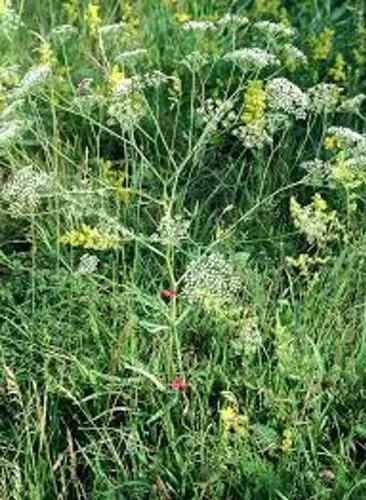Taxus cuspidata, the Japanese yew or spreading yew, is a member of the genus Taxus, native to Japan, Korea, northeast China and the extreme southeast of Russia. It is an evergreen tree or large shrub growing to 10–18 m tall, with a trunk up to 60 cm diameter. The leaves are lanceolate, flat, dark green, 1–3 cm long and 2–3 mm broad, arranged spirally on the stem, but with the leaf bases twisted to align the leaves in two flattish rows either side of the stem except on erect leading shoots where the spiral arrangement is more obvious. The seed cones are highly modified, each cone containing a single seed 4–8 mm long partly surrounded by a modified scale which develops into a soft, bright red berry-like structure called an aril, 8–12 mm long and wide and open at the end. The arils are mature 6–9 months after pollination. Individual trees from Sikhote-Alin are known to have been 1,000 years old.
Japanese Yew Care
Taxus Cuspidata



Taxus cuspidata, commonly known as Japanese yew, is a broad-columnar needled evergreen tree or multistemmed shrub that is native to Korea, China, Russia and Japan. In its native habitat, it will grow to as much as 30-50’ tall. In cultivation it will grow much smaller, particularly if regularly pruned. It features linear, spiny-tipped, dark green needles (to 1” long). Leaves are often tinged yellow beneath. Foliage may turn reddish-brown or yellow in winter. Scaly, reddish brown bark. Although classified as a conifer, female yews (plants are dioecious) do not produce cones, but instead produce red, ornamentally-attractive, berry-like fruits, each having a single seed almost completely surrounded by a fleshy red aril. Birds will feed on the berry-like fruits and help spread plants to other locations. Genus name is an old Latin name for yews. Specific epithet is in reference to the cuspidate (having a sharp pointed tip) foliage. ‘Capitata’ is very similar to the species except that its form is more pyramidal. Female plants may produce abundant fruit that is attractive to birds.
How to Care for the Plant

Popularity

528 people already have this plant 63 people have added this plant to their wishlists
Discover more plants with the list below
Popular articles






